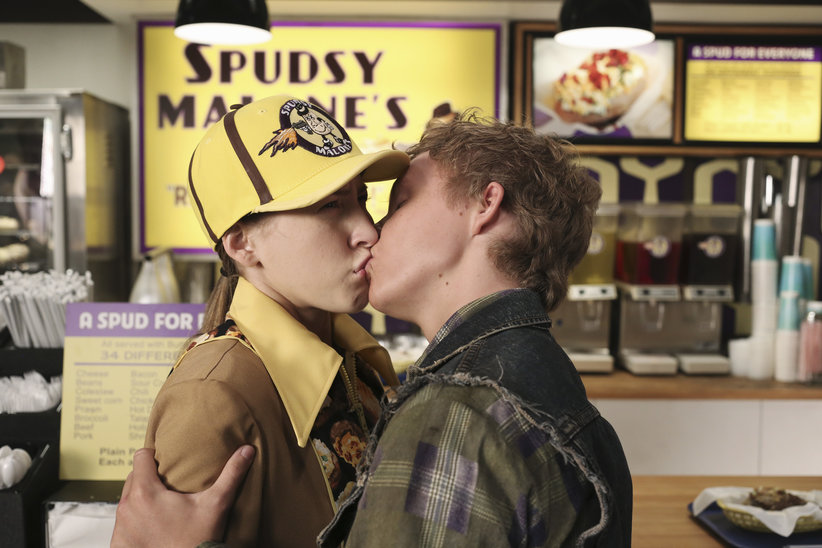Letter from the Chair: Kim Cook
Hello everyone!
I hope you all had a delightful holiday season with good food, good friends, and plenty of time to rest and recuperate! I can’t tell you how excited and honored I am to be serving the DWC as Chair for the next two years. One of the things that makes it exciting to me is that I’m following in the footsteps of our past DWC Chairs whose vision and effectiveness make this such a great “home” for us when we meet annually and throughout the year as we continue our work.
Since we all left Atlanta, the DWC Executive Council, along with the editorial board of our journal Feminist Criminology has selected Dr. Rosemary Barberet (John Jay College of Criminal Justice) as the next editor. She will take the helm this coming summer, and between now and then will be working closely with the current editor Dr. Jana Jasinski to transition the editorial offices to New York. Let’s take a moment to thank Dr. Barberet for her excellent application, and Dr. Jasinski for her years of service as the editor. I also want to thank members of the DWC Executive Council for working on this during the holiday season: Christina DeJong, Emily Lenning, Stacy Mallicoat, Denise Boots, Tara Richards, Carrie Buist, and Deena Isom.
Moving forward, we have quite a lot to accomplish together. The DWC is celebrating our 30th year with several important events at the conference in San Francisco. We are grateful to the leadership from Susan Sharp and Amanda Burgess-Proctor for organizing our 30th Anniversary events. We will have featured speakers and sessions at the ASC conference in San Francisco. In addition, there will be a special anniversary issue of our journal, Feminist Criminology. So, please look for announcements about these events so that you can plan to attend.
In addition, the committees established for the DWC are now finalized and the updated committees are posted on the website. Please take a look to make sure you’re on the committee you intended to sign up for and let me know if you have any questions.
If you are able to do so, please consider making a contribution to our 30/30 campaign in order to support the cost of our 30th anniversary celebrations. You can donate publicly, and designate your contribution in honor or in memoriam to someone whom you admire, you can also donate anonymously if you prefer to do that. The list is growing daily and we are always grateful for your tax deductible contributions.
Please let me know if you have ideas to contribute to the DWC. We strive to be open and inclusive; your participation in that helps us to achieve our goals. Thank you all so much!
Warm regards,
Kim
Kimberly J. Cook, Ph.D., Professor
Department of Sociology and Criminology
University of North Carolina Wilmington
601 South College Road
Wilmington, NC 28403
910.962.3785 (office)
910.962.7385 (fax)
cookk@uncw.edu
http://www.uncw.edu/soccrm/Cook.html
http://www.uncw.edu/soccrm

